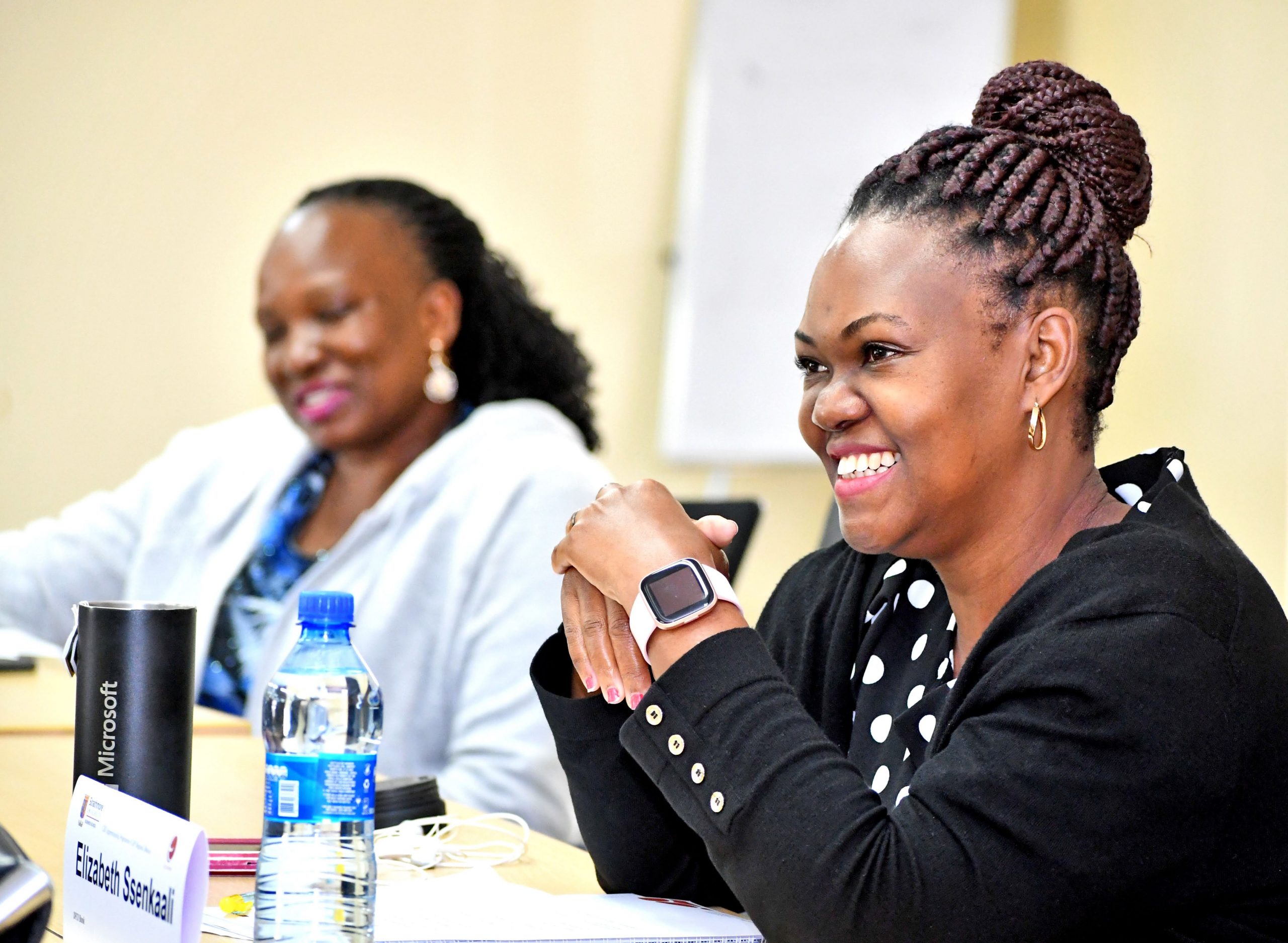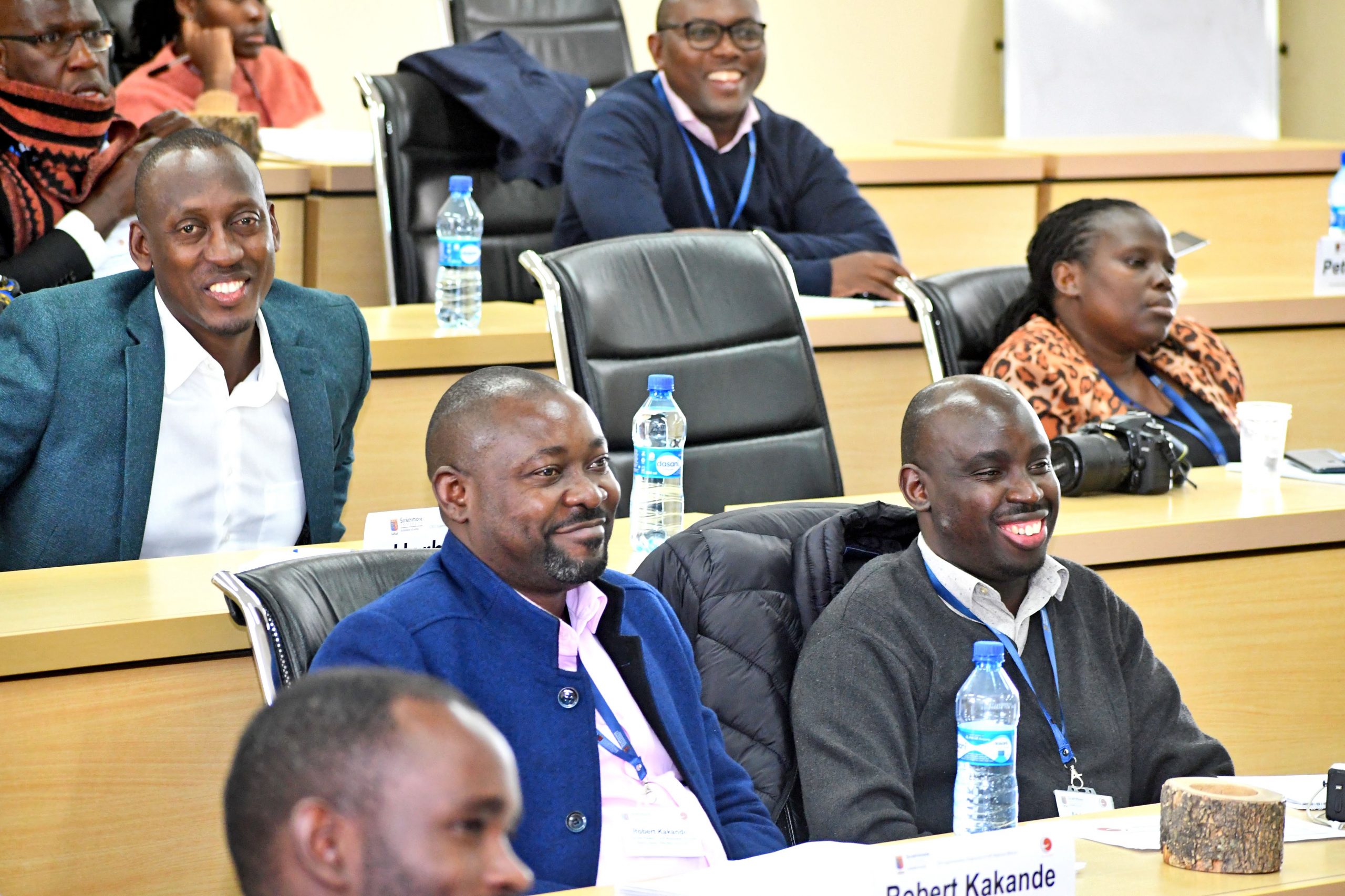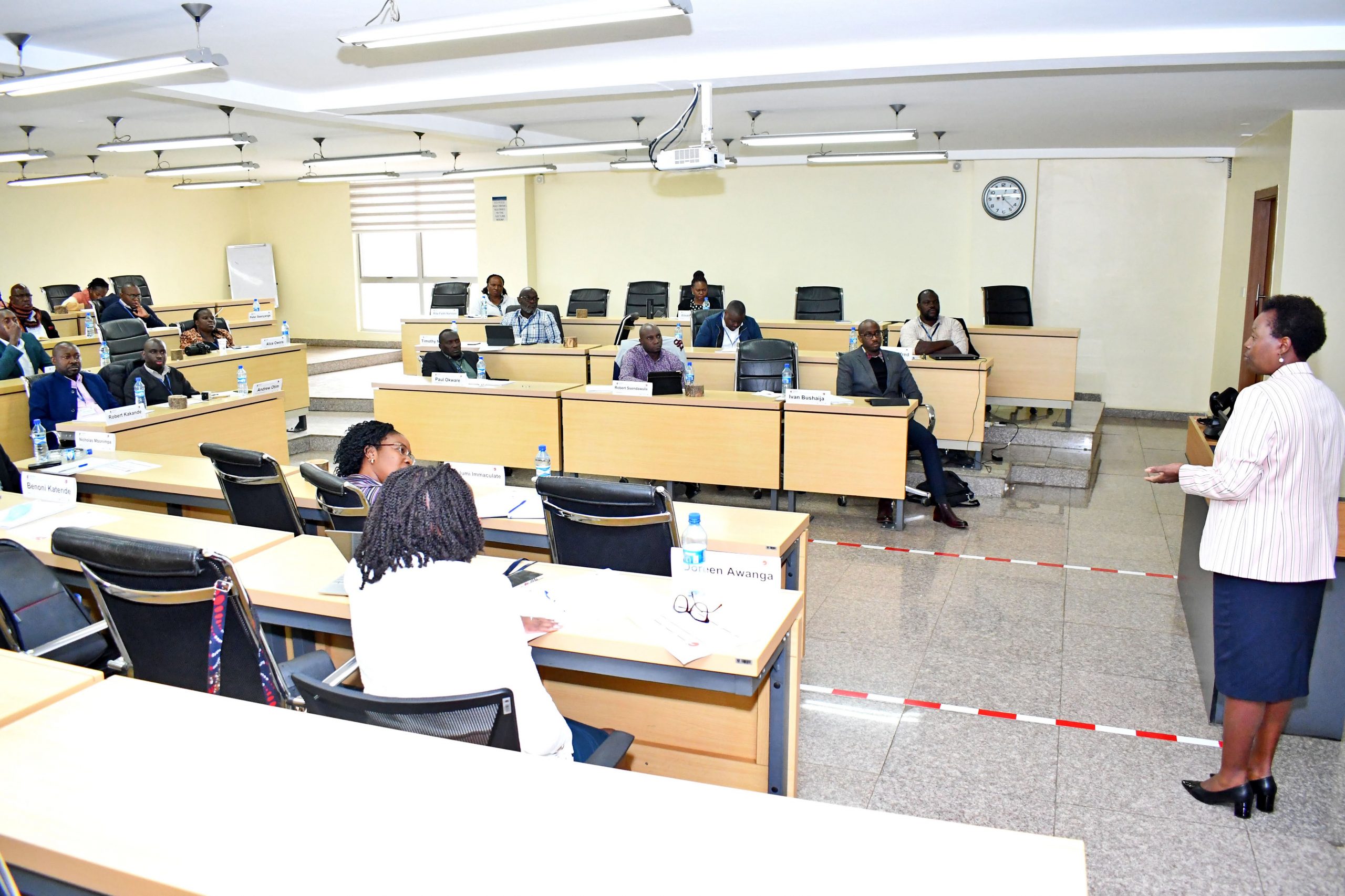The business environment today is highly fluid and highly competitive. It is therefore critical that organizations encourage and incorporate innovation to continuously grow and thrive in their specific industries.
The European Central Bank highlights the contribution of economic growth as one of the benefits of innovation. Innovation can lead to higher productivity, meaning that the same input generates a greater output, leading to economic growth.
Earlier this month, we had participants of the CEO Apprentice Programme (CAP)-Uganda visit our campus in Nairobi for their Regional Module. During the week-long sessions, we invited various Kenyan business leaders to share their insights on different topics. Jane Karuku, the Group Managing Director and CEO at East Africa Breweries Limited, took the participants through a session on innovation. She highlighted the importance of innovation in an organization and how it can be a tool to drive long-term growth. “At East African Breweries, the disruption caused by COVID-19 forced us to increase our speed of innovation to survive and thrive,” she noted.
Innovation is necessary to create and sustain a competitive advantage in the market for organizations in various industries. Jane began her session with a quote by J.K. Rowling: Without cunning, there is no innovation. Without ambition, there is no accomplishment.
Besides a competitive advantage, innovation provides firms with superior cash flows that generate, create and maintain value based on different environmental dynamics. Jane highlighted some of the actions that East African Breweries has taken to drive innovation and how they can apply to other organizations.
Differentiation Innovation
During tough economic times, operators and managers must follow through with four short-term actions: reducing debt, preserving capital, sharpening their business plans by focusing on a small number of initiatives and investing in opportunities to generate revenue during a recovery. Unfortunately, most CFOs and COOs have only been trained on how to reduce debt and preserve capital. Therefore, their most feasible option is to do the responsible thing and cut costs such as research and development costs, marketing expenses and reducing the number of employees. However, initiatives and potential opportunities have to wait. This is where savvy leaders with a disruptor-abundant mindset come in. A savvy leader understands that their primary responsibility is making money and not saving money and that retreating from investments is also retreating from profits.
With this in mind, while reducing debt and preserving during tough economic times, as a leader you have to choose to aggressively invest in the future but in a very specific and unique way, hence the differentiated innovation aspect.
“One of our focus areas at EABL is innovating at scale to meet new consumer needs. As a consumer-driven business, we take time to study the market and understand consumer needs and wants, as well as how best to satisfy them,” Jane emphasized.
“To be good at differentiated innovation, you must have a deep understanding of your consumers’ needs. You must identify and prioritize the challenges that, when fixed, will win you the highest margins and customer loyalty. This means that you must either be good at research or be willing to invest in it. Most importantly, your team should be bold enough to take this step,” she noted.
Inclusion and Diversity
Diverse and Inclusive teams are the engines of innovation. In today’s unpredictable business environment, organizations that harness the differences of their employees are the ones that will excel. Regardless of industry, field and domain, firms that seek diverse viewpoints-across gender, ethnicity, age and educational background, experience higher rates of innovation.
Promoting the importance of diversity and inclusion in the workplace is just half of the equation for unleashing your organization’s innovative potential. A deeper and more structural change is needed. Many leaders associate innovation with experts, technologists and research and development professionals. Innovation is about the people. It is about the game-changing ideas they can create by coming together in diverse and inclusive teams.
Sustainability
Innovation has a significant and positive effect on performance when it comes to organizational economic sustainability and it is an important tool for achieving sustainability. When concern with the dimensions of sustainability is taken, the whole process of innovation is improved and developed, making it more comprehensive, sophisticated and demanding.
“From a managerial point of view, the ability to propose innovative products, services or process solutions is a valuable skill and can be converted into a range of valuable organizational resources. Considering the long-term perspective that guides sustainability, the possibility of innovating and improving the way the company operates is of considerable relevance,” Jane added.
The gains from the incorporation of differentiated and innovative forms, both in terms of operations and in terms of the management and decision process, allow for an improvement in the efficiency of the use of materials, energy and the optimization of resources. Therefore, higher levels of innovation imply significant and positive effects on the performance that the organization obtains in the economic, environmental and social dimensions of sustainability.
Despite the presumption that innovation breeds sustainability, innovations should generate positive economic, social and environmental outcomes at the same time. Those outcomes are not easy to establish given the uncertainties that innovations bring, especially when they are radical, disruptive or highly novel to the mainstream.
Performance Ambition
Amidst so much uncertainty, being a purpose-driven organization is necessary to realize greater results for yourself as a leader and your organization. Having a clearly outlined strategy and purpose will push for innovation. Setting audacious targets is inevitable during harsh economic conditions. Failure is bound to happen in the process of innovation but it is a step you have to take regardless.
Additionally, strategic agility helps steer firms towards performance ambition. Strategic agility is the ability to continuously adjust and adapt a strategic direction in your business, as a function of strategic ambitions and changing circumstances, and create not just new products and services, but also new business models and innovative ways to create value for the business.
The Flexible Mindset
“Sometimes as leaders, we are the ones blocking innovation in our organizations,” Jane noted. One of the factors that affects the adoption of innovation is the managerial attitude towards change. As an organization, you can have all the resources, skills and experience, but if you can’t look beyond what is obvious or limited in terms of flexibility, you are bound to fail. Sometimes the option of not knowing or not wanting to explore what is possible can make you lose out on better possibilities. As a leader, you should be able and willing to constantly adapt and embrace the adoption of innovation strategies in a rapidly changing environment, especially during an economic downturn.
Article by Michelle Nthemba
Would you like to share an article? Write to us at sbscommunication@strathmore.edu
Share This Story, Choose Your Platform!
Your journey to business excellence starts here. Subscribe today and be at the forefront of innovation and leadership.












